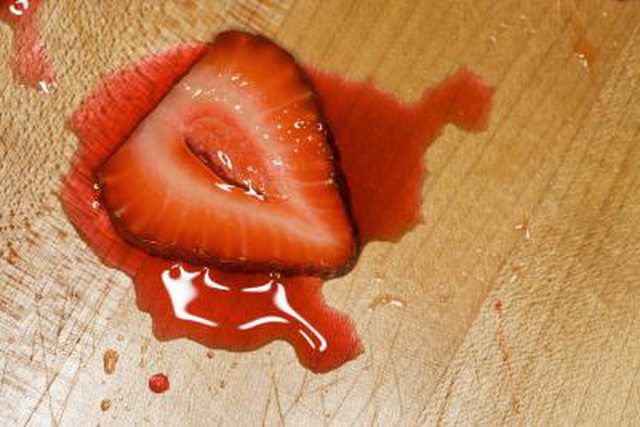Bulbs
Flower Basics
Flower Beds & Specialty Gardens
Flower Garden
Garden Furniture
Garden Gnomes
Garden Seeds
Garden Sheds
Garden Statues
Garden Tools & Supplies
Gardening Basics
Green & Organic
Groundcovers & Vines
Growing Annuals
Growing Basil
Growing Beans
Growing Berries
Growing Blueberries
Growing Cactus
Growing Corn
Growing Cotton
Growing Edibles
Growing Flowers
Growing Garlic
Growing Grapes
Growing Grass
Growing Herbs
Growing Jasmine
Growing Mint
Growing Mushrooms
Orchids
Growing Peanuts
Growing Perennials
Growing Plants
Growing Rosemary
Growing Roses
Growing Strawberries
Growing Sunflowers
Growing Thyme
Growing Tomatoes
Growing Tulips
Growing Vegetables
Herb Basics
Herb Garden
Indoor Growing
Landscaping Basics
Landscaping Patios
Landscaping Plants
Landscaping Shrubs
Landscaping Trees
Landscaping Walks & Pathways
Lawn Basics
Lawn Maintenance
Lawn Mowers
Lawn Ornaments
Lawn Planting
Lawn Tools
Outdoor Growing
Overall Landscape Planning
Pests, Weeds & Problems
Plant Basics
Rock Garden
Rose Garden
Shrubs
Soil
Specialty Gardens
Trees
Vegetable Garden
Yard Maintenance
How to Extract Fructose From Plants
How to Extract Fructose From Plants. Fruit sugar, also known as fructose, accumulates naturally in a variety of plants, including apples, pears, cherries, agave, sweet potatoes, carrots, corn, wheat and sugar cane. Commercial manufacturers of fructose sweeteners have high-tech systems of extraction. The home cook, however, can employ simpler...

Fruit sugar, also known as fructose, accumulates naturally in a variety of plants, including apples, pears, cherries, agave, sweet potatoes, carrots, corn, wheat and sugar cane. Commercial manufacturers of fructose sweeteners have high-tech systems of extraction. The home cook, however, can employ simpler methods for pulling the natural sugars from plants. Use homemade fructose extract as a natural sweetener in a variety of drink, dessert and other food recipes.
Things You'll Need
Knife, grater, blender or food processor
Two glass containers
Metal stir stick
Paper filters
Pot
Macerate the plant material to make pulp. Optional methods of macerating include finely mincing with a knife, grating and processing in a blender or food processor.
Pour the pulp into a glass container. Add an equal amount of tepid water to the container. Stir the pulp and water for several minutes with a metal stir stick.
Line a different glass container with a paper filter. Place the pulp and water mixture in the filter. Filter the juice into the second container. Squeeze the filter firmly.
Scrape the pulp from the filter, and mix it with more warm water, as you did previously. Filter the resulting juice in the same manner using a new paper filter. Repeat the process of extracting the juice from the pulp at least one more time.
Put the juice in a pot on a stove. Turn the stove burner on low-medium heat, and bring the juice to a simmer. Heat the juice for several minutes until its water portion cooks off and a syrup develops.